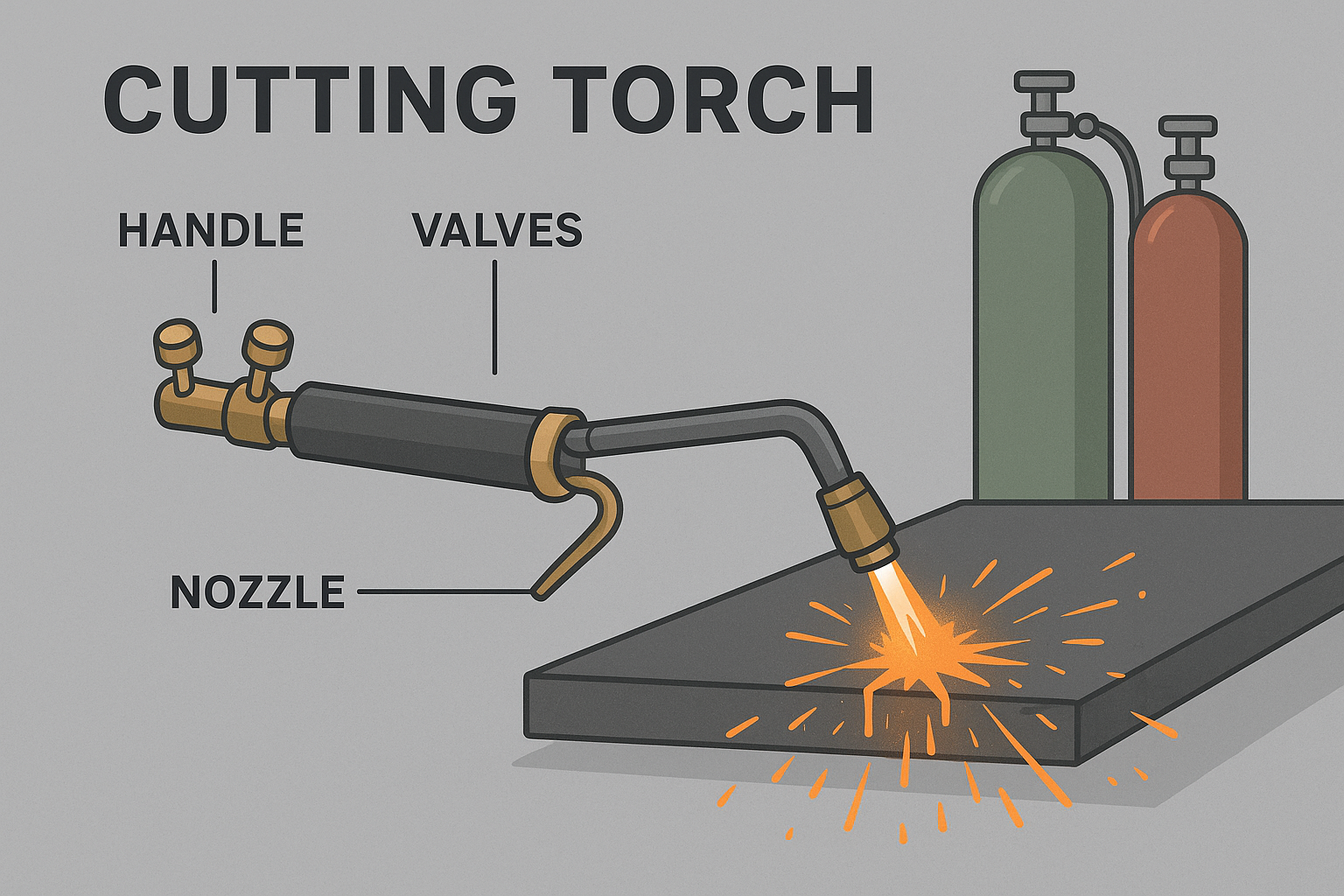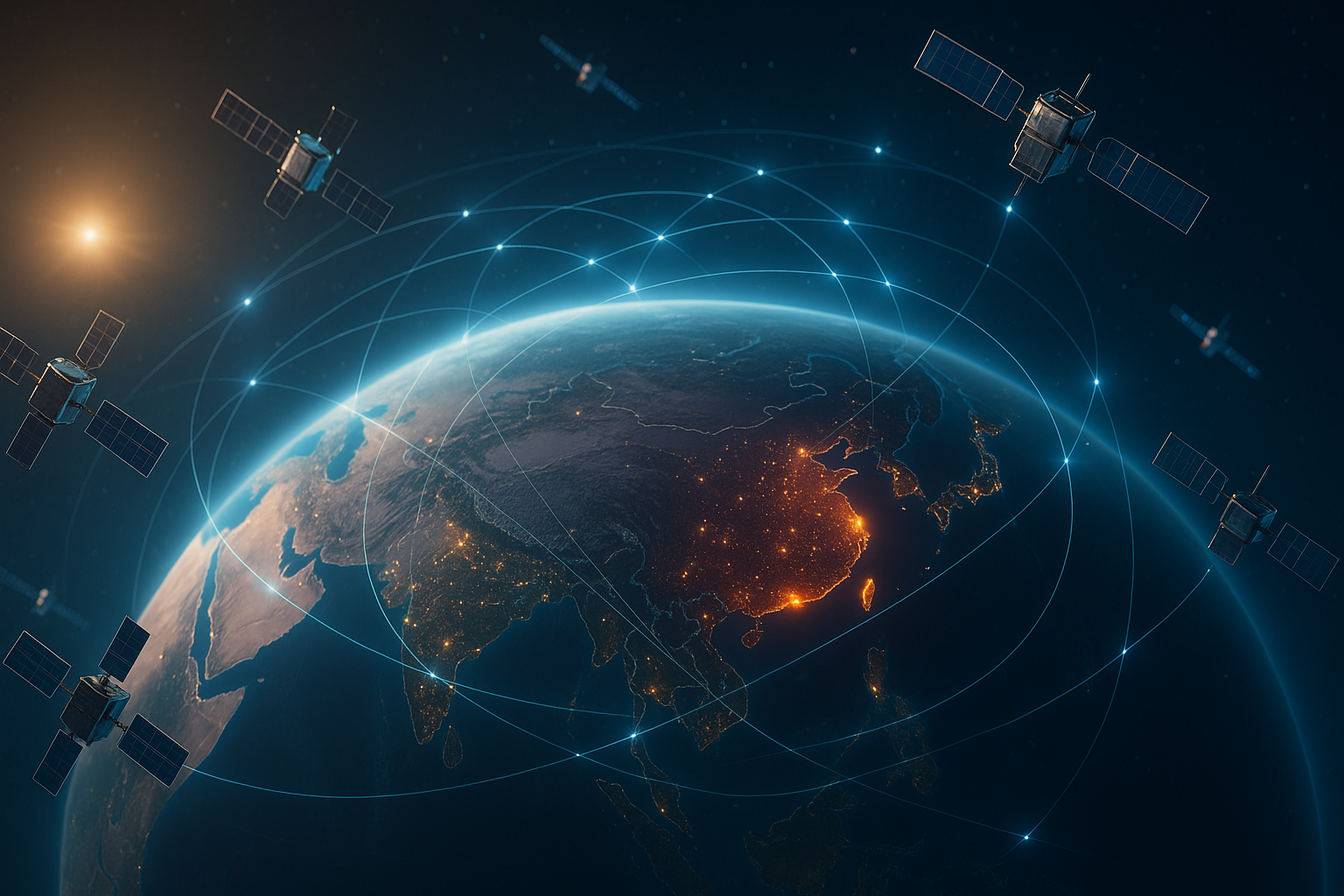The quiet, open skies above us are turning into the busiest lanes in human history — and China is one of the fastest drivers on the track. From mega-constellations to maneuverable “swarms,” the country’s orbital ambitions are making space agencies and defense experts worldwide take notice. This isn’t just about faster internet — china satellite swarms concerns are now shaping policy discussions from Washington to Geneva.
What Exactly Is a Satellite Swarm?
Think of it as a team sport in orbit. Instead of one massive, costly satellite, dozens — sometimes thousands — of smaller ones work together. They can cover more area, share information instantly, and keep running even if a few units fail.
It’s clever, efficient, and potentially game-changing. But the same system that connects rural towns to the internet can also be used for surveillance, real-time military coordination, or even disrupting rival satellites. That’s why China’s swarm projects are drawing more than just casual curiosity.
China’s Orbital Ambitions
Two projects dominate headlines: Qianfan and Guowang. Combined, they could put over 13,000 satellites into low-Earth orbit in the next decade. That’s on par with — or even bigger than — SpaceX’s Starlink constellation.
Publicly, these swarms aim to close the digital divide, support disaster recovery, and push scientific research forward. But behind the scenes, experts worry about their military value. According to U.S. Space Force leaders, swarms could serve as a “kill web” — a rapid-response targeting network that could change the tempo of modern warfare.
Why the Alarm Bells Are Ringing
Here are the three biggest reasons fueling china satellite swarms concerns:
- Strategic Power – They could track troop movements, guide weapons, and provide near-instant intelligence sharing.
- Space Congestion – Thousands of satellites from multiple nations risk turning orbit into a crowded traffic jam.
- Debris Domino Effect – A single collision could create a dangerous chain reaction of space junk, threatening other spacecraft.
In early 2025, military observers reported Chinese satellites performing synchronized maneuvers — a technical feat that’s either a harmless experiment or a rehearsal for disabling rival space assets.
The Legal and Ethical Blind Spots
International space rules haven’t caught up with the pace of technology. The 1967 Outer Space Treaty bans weapons of mass destruction in orbit but doesn’t forbid building vast, dual-use satellite networks. As long as the mission is labeled “civilian,” countries can deploy constellations without revealing much detail — a loophole that fuels mistrust.
The Space Junk Equation
Even peaceful mega-constellations come with a price: debris. Every launch adds spent rocket stages, bolts, and fragments to the mix. With thousands more satellites in play, the odds of accidental collisions rise sharply.
Space scientists warn about the “Kessler Syndrome” — a chain reaction where one crash creates debris that smashes into more satellites, making entire orbital zones unusable for decades.
Expert Takes
- “Mega-constellations are pushing the limits of orbital management. Without better coordination, we could face an irreversible debris crisis,” says Col. Eric Felt, U.S. Air Force Research Lab.
- “We need global standards for de-orbiting satellites after use — or this problem will outlast us,” adds Prof. Xu Yansong, former official at the China National Space Administration.
Is This the New Space Race?
Absolutely. But instead of a race to the Moon, the competition is for control of low-Earth orbit. The country (or company) with the fastest, most secure satellite networks will hold a massive edge in communications, navigation, and even global economics.
China’s rapid buildup, combined with its opaque military programs, is why its plans draw more scrutiny than most.
The Path Forward
Global space governance is lagging, but there’s talk of new rules:
- Data-sharing agreements so all nations know what’s in orbit
- Debris prevention policies requiring satellite de-orbit plans
- No-attack pledges to keep satellites off the battlefield
Until such measures are in place, china satellite swarms concerns will remain a flashpoint in international relations.
Final Thought
China’s satellite swarms are both a marvel of engineering and a geopolitical wildcard. They promise faster global connectivity and scientific breakthroughs, but they also raise big questions about safety, trust, and the future of orbital space.
In the next decade, the biggest power struggles might not happen on land or sea — but far above, in a crowded sky where every move is strategic and every satellite could be a game-changer.












